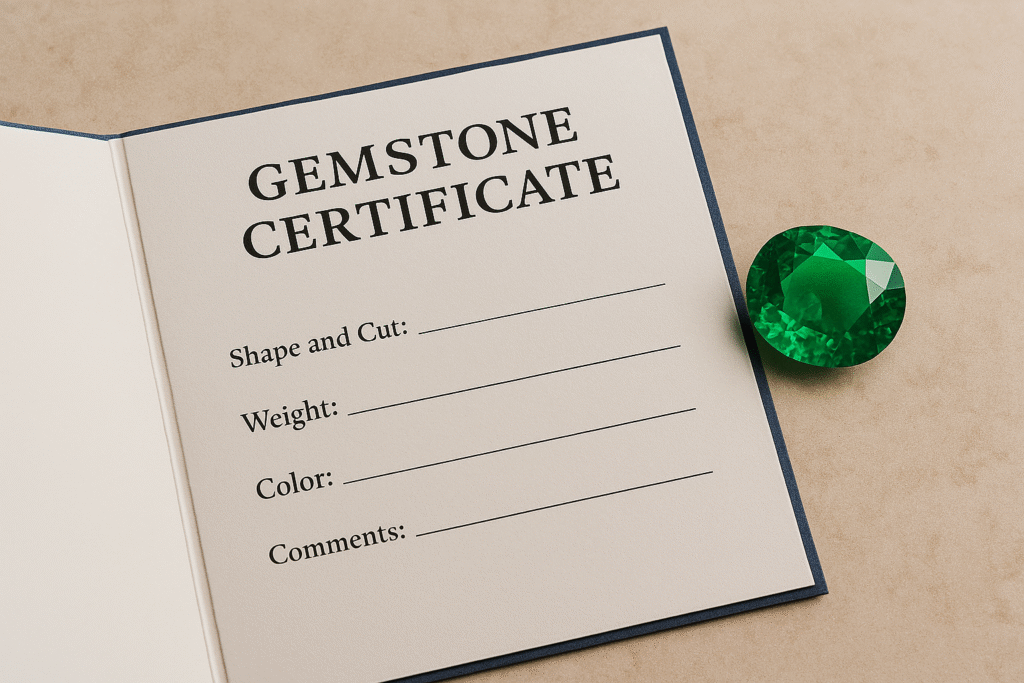When you buy pearls, are you paying for the gem itself or the brand stamped on the box?
Luxury names can push prices far beyond the actual value of the pearl. You deserve to know if what’s inside the box is worth it.
How to Judge Pearl Quality Yourself
Think of pearls as having their own “4Cs,” much like diamonds. Look at:
- Lustre – The mirror-like shine. A top-quality pearl should reflect your face clearly.
- Surface – Fewer blemishes mean higher value. Tiny spots are normal, but deep pits reduce worth.
- Shape – Round pearls are rare and expensive. Near-round, oval, or baroque shapes cost less.
- Size – Bigger pearls usually mean higher price, but only if the other factors match.
Where the Brand Comes In
- A branded box often adds prestige but not necessarily quality.
- Two pearls of the same size and lustre can differ in price simply because of the logo.
- Ask yourself: Are you buying beauty or status?
Real-World Example
I once compared a 9 mm round pearl strand from a top luxury house with a similar strand from a local jeweller.
The branded piece was three times the price. The pearls were nearly identical in lustre and surface.
What changed was only the packaging.
How You Can Make Smarter Choices
- Always inspect the pearl before looking at the box.
- Compare pearls from different sellers side by side.
- Ask for details: nacre thickness, origin, and treatments.
- Remember: your money should buy quality, not just a logo.
When you look at pearls, ask one simple question:
Are you paying for the gem… or the box?



